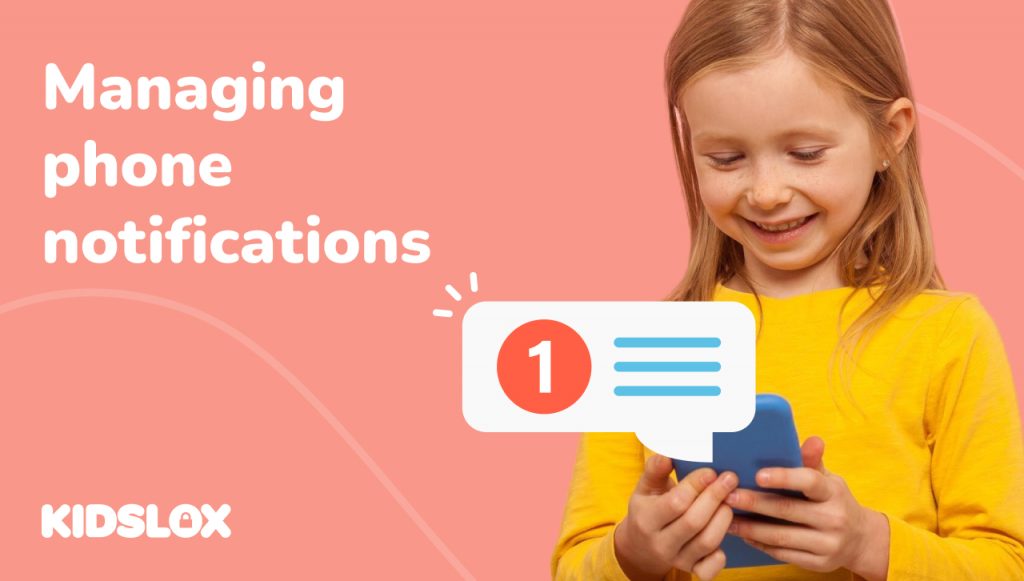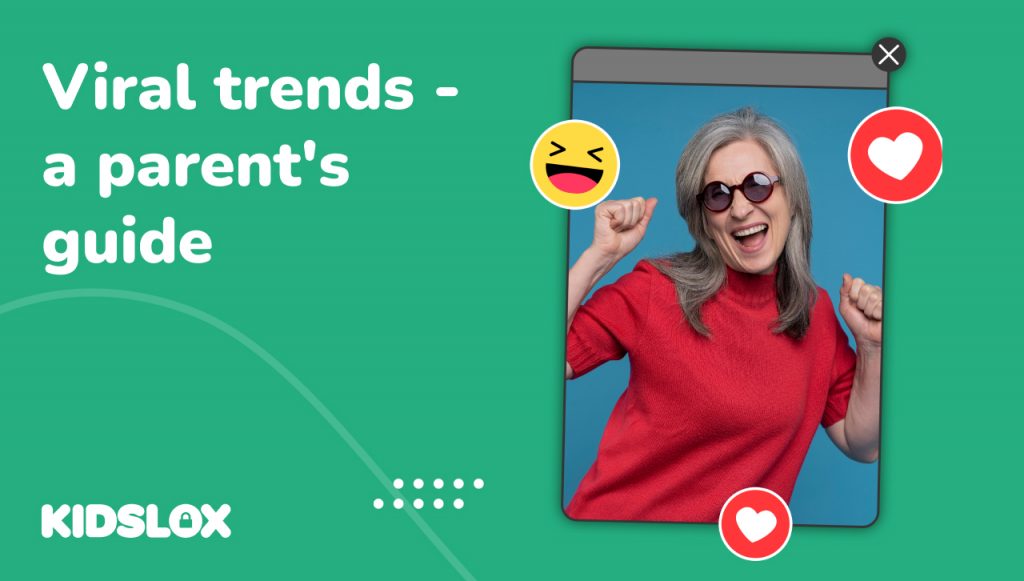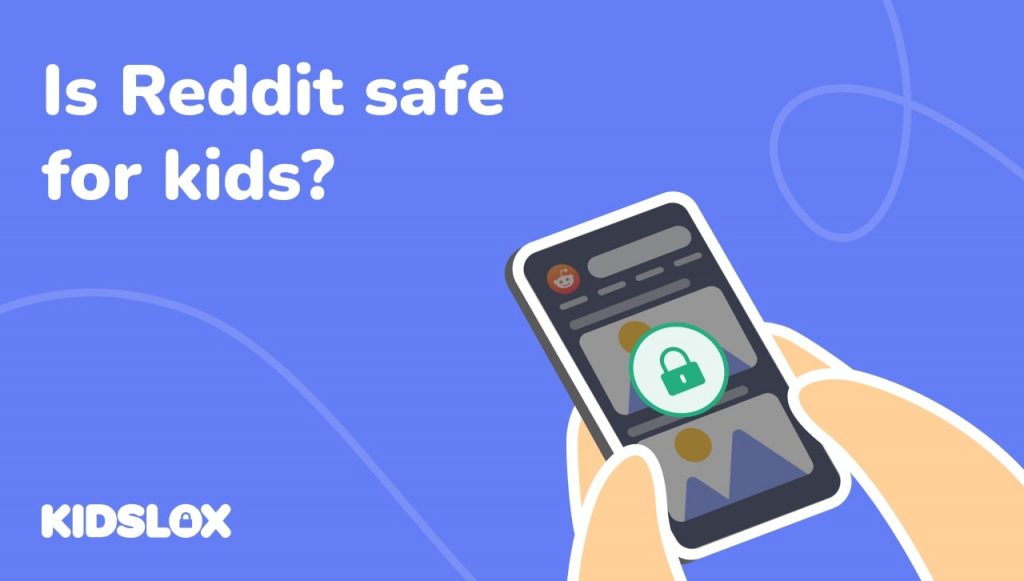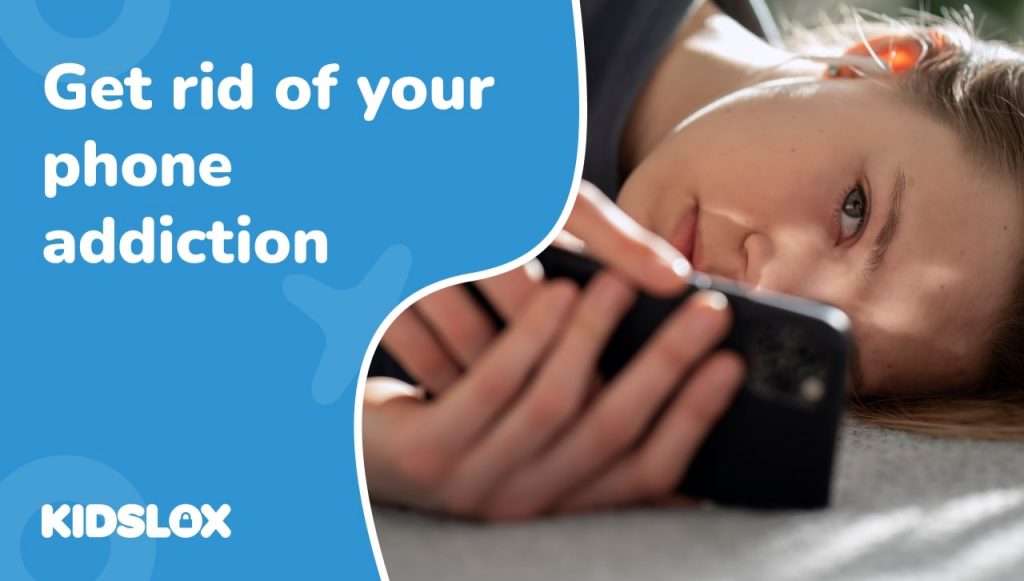Have you ever been sitting at your desk (or behind the wheel) and felt that buzzing sensation in your pocket… only to realize there’s no phone there? The phenomenon of the “phantom vibration” is all too real for many of us – and it’s a testament to how ingrained our phones have become in our daily lives.
With constant notifications popping up on our screens, it’s easy to feel overwhelmed and distracted. For kids and teens, these constant pings, buzzes, and alerts can be particularly overwhelming.
As a parent or guardian, understanding the impact of these digital interruptions is crucial to helping your teen develop healthy technology habits. You may think you know all there is to know about phone notifications, but read on to get the real scoop behind how these daily dings may be impacting our lives – and how to help your kids manage them better.
The Notification Avalanche
Let’s start with a sobering statistic: on average, teens spend about 7 hours per day on their phones. That’s nearly half their waking hours!
But it’s not just about the time spent actively using the device. Phone notifications create a constant stream of interruptions throughout the day.
Studies have shown that teens check their phones an astounding 100 times per day on average. With each glance, they’re potentially exposing themselves to a barrage of new information, social updates, and attention-grabbing content.
Researchers are now connecting this digital overload to a variety of issues related to dopamine and how it works in our brains.
Notifications and the Dopamine-Driven Cycle
Every time your teen receives a notification – whether it’s a like on Instagram, a new follower on TikTok, or a message from a friend – their brain gets a small burst of dopamine. This neurotransmitter is associated with pleasure and reward, creating a feel-good sensation that can be addictive.
This dopamine-driven reward cycle can lead to increased phone usage over time as teens seek more engagement and more of those pleasurable chemical hits. It’s a pattern not unlike what we see with addictive substances, which is why some researchers compare smartphone use to drug addiction.
Notifications & Distraction
One of the most concerning aspects of phone notifications is their impact on learning and focus. Teens receive more than 20% of all their notifications during the school day, creating a constant source of distraction.
Even quick checks of notifications can lead to longer periods of distraction. Many students report being unable to put their phones down once they’ve taken a peek.
This disruption can severely impact their ability to concentrate on lessons, complete homework, or engage in deep, focused learning. Think about the last time you tried to focus on something important – only to have a buzz from your phone pull you away and suck you into a distraction spiral!
The Mental Health Connection
The constant barrage of phone notifications isn’t just a distraction – it can have serious implications for mental health. 59% of parents feel their teens are addicted to their mobile devices, and this concern isn’t unfounded.
Excessive phone use has been linked to increased anxiety among teens. Research has shown that increased time on new media (including social media and smartphones) led to increased rates of depressive symptoms and suicide-related outcomes in adolescents.
However, it’s important to note that many teens turn to their phones as a coping mechanism. Two-thirds of study participants reported that phone usage helped relieve negative feelings. Many use social media apps like TikTok to avoid stress or stop thinking about problems. While this might provide short-term relief, it’s not a healthy long-term solution.
Taking Control: Managing Phone Notifications
Once you start to realize the true impact of phone notifications, you may be tempted to throw your child’s phone away for good. But there are steps you can take to create a healthier digital environment for your family that isn’t quite so drastic – and you may not even have to turn off notifications!
1. Audit Notification Settings
Sit down with your teen and go through their phone’s notification settings. Many apps default to sending frequent notifications, but these can often be customized. Here’s how to access notification settings:
- On iPhone: Settings > Notifications
- On Android: Settings > Apps & notifications > Notifications
Encourage your teen to be selective about which apps can send notifications and how they appear. Do they really need those “like” notifications on social media? Are there apps that are sending needless notifications that they don’t even use?
2. Utilize Do Not Disturb Mode
Both iOS and Android have Do Not Disturb features that can silence notifications during specific times or activities. Help your teen set up automatic Do Not Disturb schedules for school hours, study time, and bedtime. Set them up yourself so that you can model good behavior with them.
3. Create Phone-Free Zones and Times
Establish areas in your home (like the dining table) and times of day (like family game night) where phones are off-limits. This helps create boundaries and encourages face-to-face interaction – and you’ll be amazed at how much you like the feeling that you aren’t “needed” by your device all the time!
4. Lead by Example
Remember, your teens are watching your behavior, too. If you’re constantly checking your phone, they’ll likely do the same. Model the behavior you want to see, even if it’s hard to pull yourself away from your device.
5. Explore Alternative Notification Methods
For important communications (like family members trying to reach your teen), explore alternative notification methods. For example, you might set up special ringtones or vibration patterns for close family members, allowing your teen to ignore other notifications more easily.
6. Encourage Regular “Digital Detox” Periods
Since notifications create a dopamine-driven cycle that’s almost like an addiction, it’s important to take breaks from technology. Encourage your teen to have regular “digital detox” periods where they disconnect completely from their devices and engage in other activities.
This could be a few hours each day or a full day each week where they disconnect completely.
7. Use Parental Control Apps
Consider using parental control apps like Kidslox to help manage screen time and app usage. These tools can provide valuable insights into your teen’s phone habits and help enforce healthy boundaries.
Building Healthy Digital Habits Starts With Us
Managing phone notifications is just one part of the equation when it comes to having a healthy relationship with technology. We need to have open, ongoing conversations with our teens about their digital lives. Listen to them, acknowledge the benefits of technology, and work together to find a balance that works for your family.
Remember, we’re not trying to demonize technology or get rid of phone notifications altogether. These tools are incredibly useful when used intentionally! So, instead, help your teen develop the self-awareness and self-control to manage their digital life in a way that enhances their overall well-being.
It’s a process and there will be bumps – but with patience, understanding, and consistency, you can guide your teen towards a healthier relationship with their phone and its notifications!
Want to learn more about how to create a healthier relationship with your technology? Visit us online for more great tips and insights – and let’s start building a safer, more connected world.





